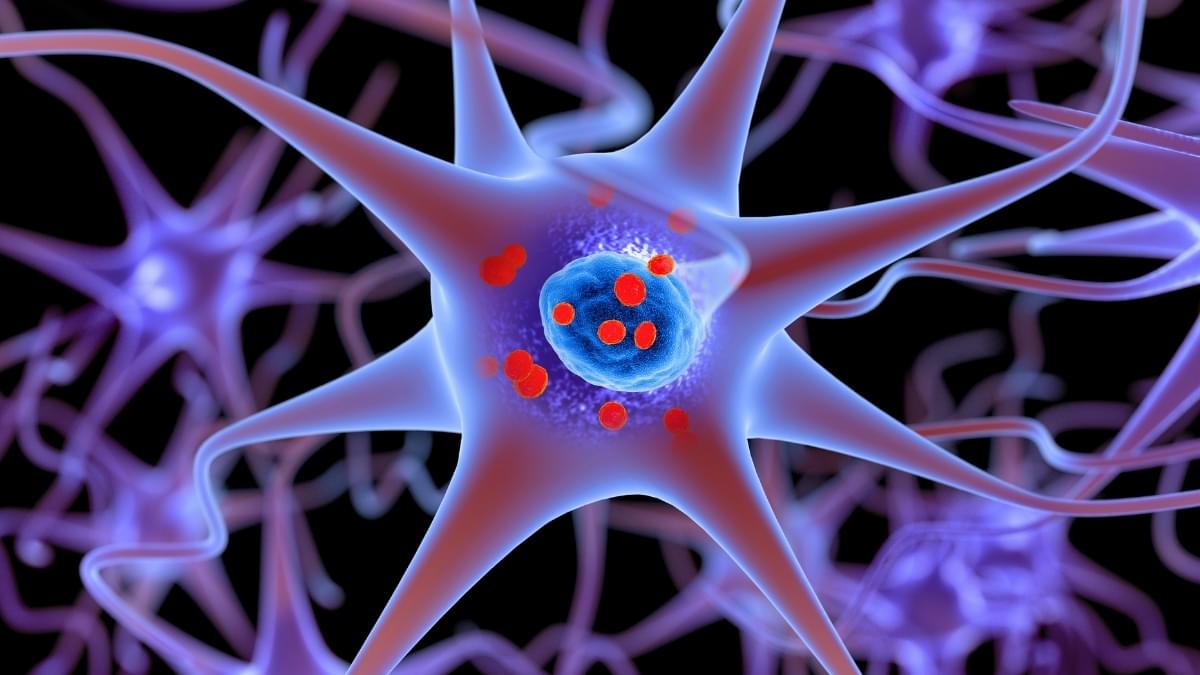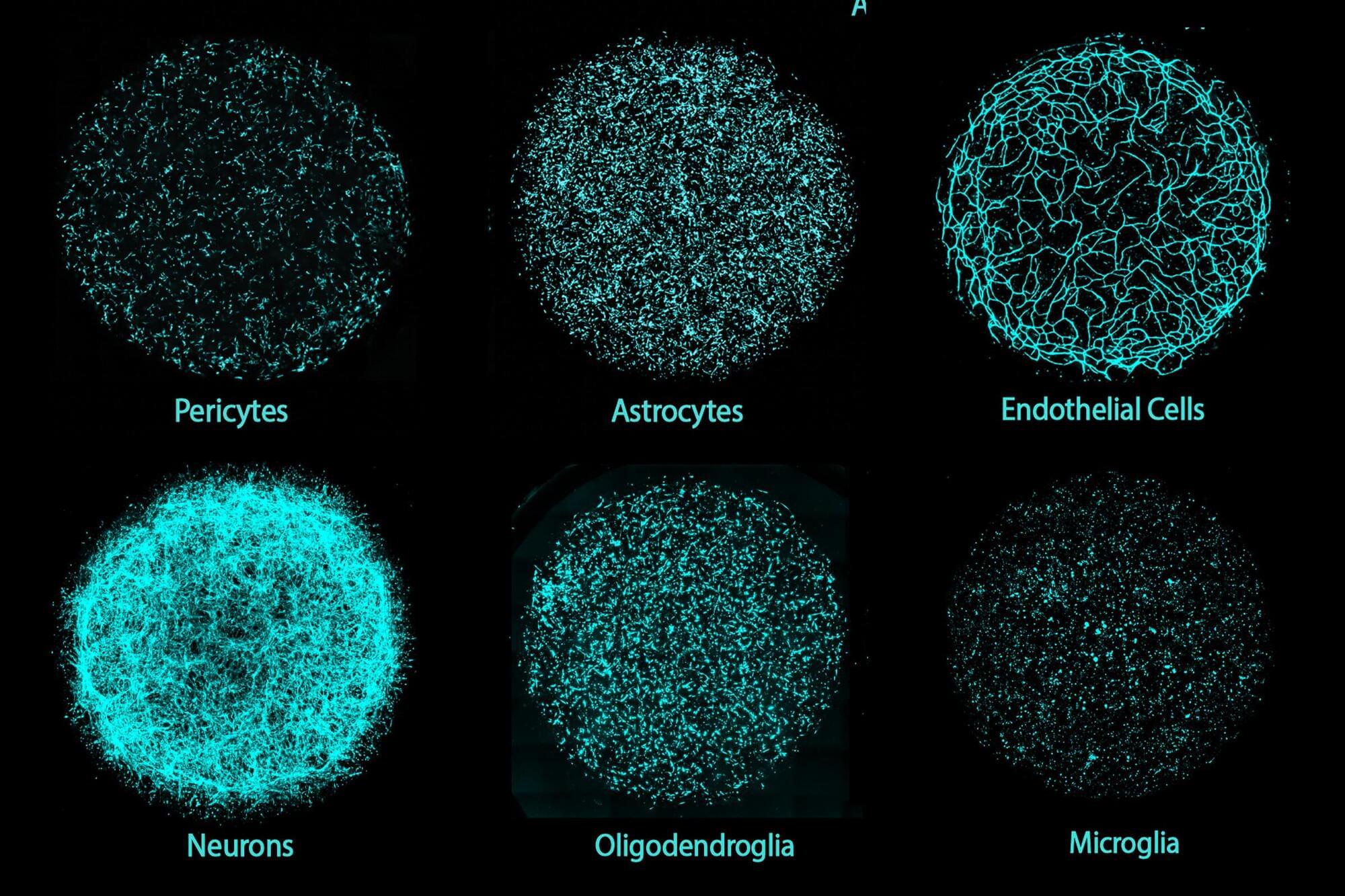Made by U.S. pharmaceutical company Grail, the Galleri test aims to find fragments of DNA in a person’s blood that can indicate the presence of a cancerous tumor. Among the cancers that the test can detect, many have no current screening programs.
The PATHFINDER 2 study included more than 36,000 people aged 50 and older who had no cancer symptoms. In participants who were followed for more than a year, the test caught some 40.4% of cancer cases. For those who got a positive result on the Galleri test, 61.6% of them went on to be diagnosed with cancer—an improvement over previous trials of the test.
The results were presented on Saturday at the European Society for Medical Oncology meeting in Berlin, and have yet to be published in a peer-reviewed journal.






